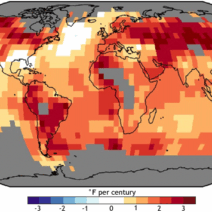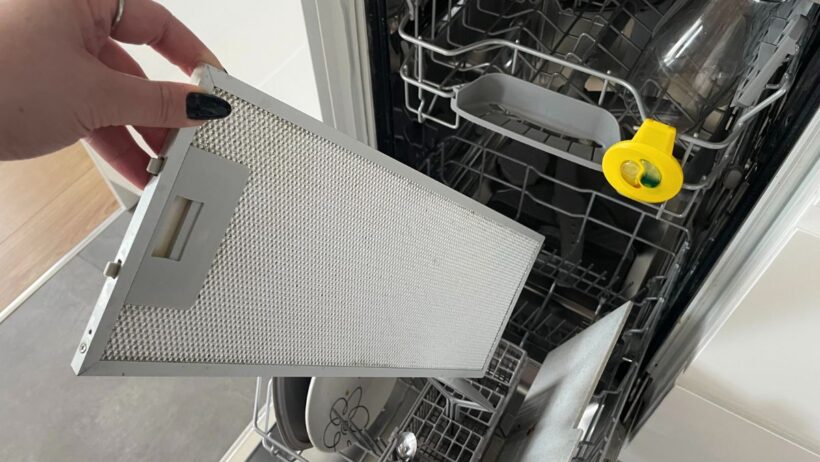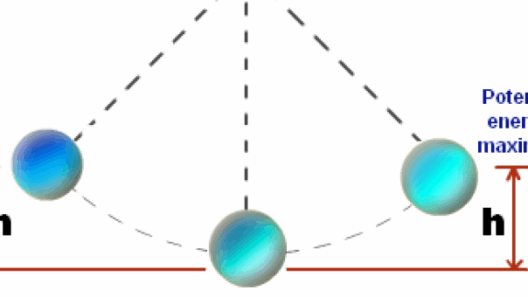In the modern kitchen, the range hood is often overlooked, yet it plays a crucial role in enhancing energy efficiency. While its primary function is to eliminate smoke and odors from cooking, a well-functioning range hood can also contribute to significant energy conservation. Understanding how a range hood operates and the ways it can impact kitchen efficiency is essential for any environmentally conscious homeowner.
When we consider the dynamics of a kitchen, we often reflect on the aspects of cooking, cleaning, and the tools that facilitate these processes. What many might not realize is that the air quality and temperature in this space have a direct correlation to energy usage. An efficient range hood addresses these factors, making it a key player in energy conservation.
First and foremost, let us explore the capability of a range hood to maintain air quality. When cooking, particularly with gas stoves, combustion can produce harmful pollutants, including carbon monoxide and particulate matter. These emissions not only affect indoor air quality but can also increase the workload on heating, ventilation, and air conditioning (HVAC) systems if not properly managed. By efficiently ventilating these contaminants outside, a range hood can significantly decrease the need for additional air filtration, allowing HVAC systems to operate less frequently, thus conserving energy.
Another integral function of a range hood is its ability to regulate temperature. Cooking generates heat, and without proper ventilation, the temperature in the kitchen can rise considerably. This prompts the HVAC system to work overtime to cool the space down, leading to increased energy consumption. A powerful range hood expels hot air, maintaining a more consistent temperature. This not only enhances comfort while cooking but also minimizes the energy required for cooling the kitchen space, which can be particularly beneficial during the warmer months.
Furthermore, the design and placement of a range hood significantly influence its efficacy. To achieve optimal performance, a range hood should be appropriately sized and positioned over the cooking surface. A hood that is too small or too high may fail to capture smoke and heat efficiently, leading to wasted energy as HVAC systems compensate for the excess warmth. Conversely, a correctly fitted range hood ensures that the exhaust is effectively managed, promoting energy conservation. This attention to detail is often a common observation in energy-efficient kitchens, hinting at deeper considerations regarding appliance functionality and overall design.
Moreover, to enhance kitchen efficiency, it’s essential to choose the right type of range hood. There are various models available, including ducted and ductless hoods. Ducted hoods vent air outside, making them more effective at eliminating odors and heat, thereby maximizing energy savings. Ductless hoods, while convenient, recycle air and may not always achieve the same level of efficiency. Thus, investing in a ducted system is generally more advantageous for those prioritizing energy conservation and indoor air quality.
In addition to selecting an efficient range hood, regular maintenance is crucial to ensure optimal performance. Clogged filters can impede airflow, reducing the effectiveness of the hood and forcing HVAC systems to work harder. Regularly cleaning or replacing filters promotes better air circulation, ensuring that the range hood operates efficiently. This maintenance practice not only extends the lifespan of the appliance but also contributes to lower energy bills, highlighting the interplay between upkeep and energy conservation.
Another aspect worth exploring is the integration of modern technology in range hoods. With advancements in smart home technology, many range hoods now feature sensors that detect smoke, heat, or steam and automatically adjust their power settings accordingly. This feature not only enhances safety but also optimizes energy usage. By operating at lower speeds when not needed and ramping up during intense cooking sessions, smart range hoods help to maintain energy efficiency while providing effective ventilation.
It’s also important to consider the broader implications of energy conservation in the kitchen. Every small decision contributes to a larger ecosystem of sustainability. Using energy-efficient appliances, embracing proper ventilation, and practicing regular maintenance are all components of a greener future. A range hood symbolizes these collective efforts, acting as a reminder of the importance of making informed choices about home cooking practices.
In summary, the role of a range hood extends far beyond mere aesthetics or a functionality limited to smoke removal. It serves as a crucial agent in conserving energy by improving air quality and regulating temperature, all while enhancing kitchen efficiency. Through thoughtful selection, proper maintenance, and the adoption of advanced technologies, the potential of the range hood in promoting a sustainable kitchen environment becomes evident. As we advance in our understanding of energy conservation, it is clear that the humble range hood deserves recognition as a vital component in the pursuit of eco-friendly home practices.
As we strive to mitigate climate change, addressing energy consumption in our kitchens is a step toward a more sustainable future. The seemingly simple act of installing and maintaining a range hood illustrates the intricate connections between household appliances, energy conservation, and environmental responsibility. Hence, let us not underestimate the impact of this essential kitchen fixture in our ongoing commitment to preserve our planet for future generations.








